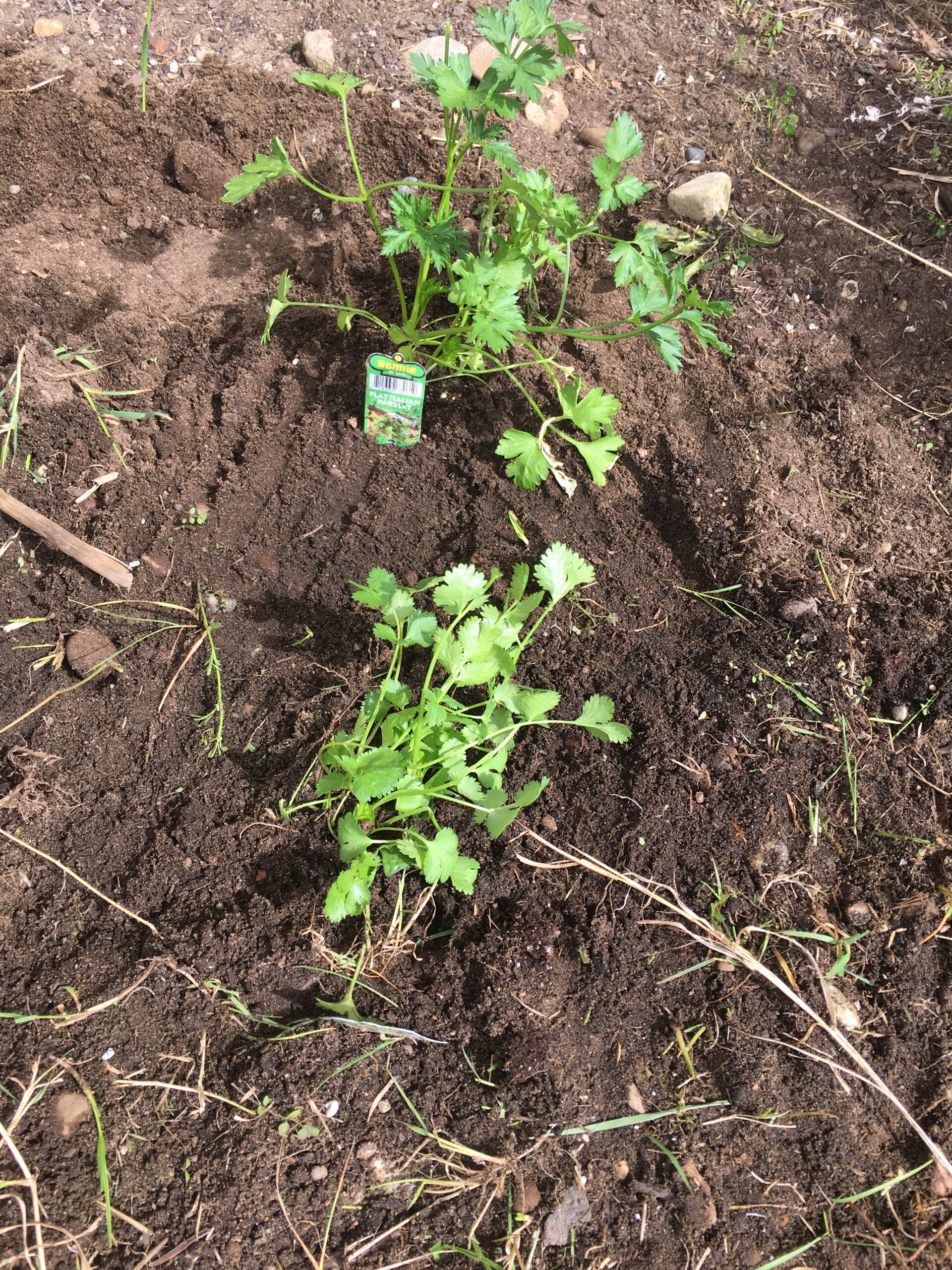Why figuring out your carbon footprint is so darn difficult.
Stories on climate change are everywhere these days. If you’re at all concerned about the environment, taking steps to reduce your own carbon footprint seems like a logical step. Some of these steps are easy, such as swapping out reusable bags for the single use plastics at the store. At least, until you read a report on the news saying that the carbon footprint of one of those bags could be thousands of times greater than the bag you’re trying to forgo.
When you do research on the carbon footprint of a reusable bag vs a single use plastic bag, you also get a variety of different answers from different sources. If different people give different measurements, how can you even know what the truth is?
What makes up your carbon footprint
Well like most things involving the environment, it’s not that simple. There’s no standardized way to measure carbon, and different people will account for different things. Measuring the carbon footprint of a specific item takes into account a lot more than just the manufacturing alone, and includes things like:
- The water and energy needed to get raw materials
- The manufacturing process itself
- The energy needed to transport the item
- The durability of the item
- Greenhouse gases and pollution after the item is used
Other environmental factors, such as plastic pollution in the oceans, are necessary to take into account, but don’t always show up in the carbon footprint. Sometimes your personal lifestyle will have a big impact on what the final carbon footprint of the item you’re using will be.
If you get that reusable tote second hand, or get a tote made out of recycled materials (or even upcycled trash) than the outcome will be different than if you use the tote once, and then never use it again. Laundry is another great example. If you’re trying to choose between cloth diapers and disposable, whether you can line-dry the diapers and what kind of water heater you have will play a part in deciding which is gentler on the environment.
The bottom line
When it comes down to deciding on what item will be the gentlest approach to the planet, you can use carbon footprint advice for a general idea, but your lifestyle will ultimately decide the rest. Your carbon footprint is complicated, and it’s often a blurry line between which product is best for the environment.
If you live in an area that is perpetually rainy so line drying is impossible, and you don’t have a tankless water heater or any kind of green energy for your home to heat that water, a compostable diaper might be a better choice than those reusables.
When trying to lower your carbon footprint, it’s important to take your personal situation into account before making adjustments so that your changes truly do benefit the Earth.











